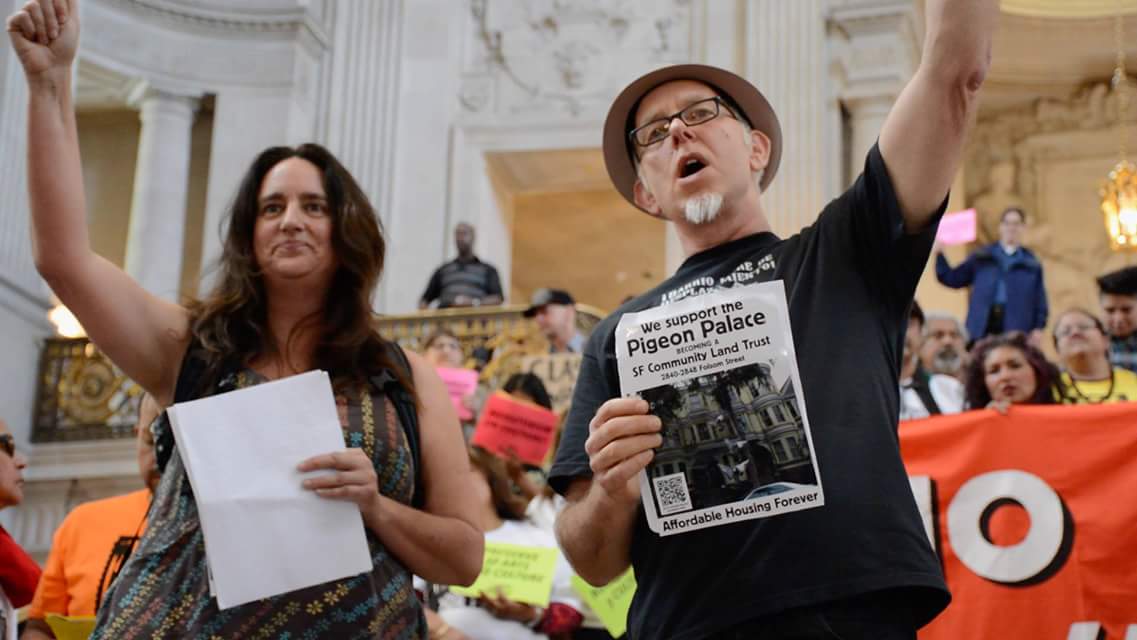To the Corbin Hill Food Project, community control over land manifests itself not only through land ownership but also through the emergence of a food system that is guided by values of sovereignty, racial equity, and shifting of power. Corbin Hill has provided 150,000 farm shares to New York City residents in the past two years, with 66 percent of the produce going to communities of color and households with incomes less than 200 percent of the poverty line.
Founded in 2009, Corbin Hill Food Project (CHFP) is a 501(c)(3) social enterprise with a mission to provide food to those who need it most. The organization’s 11 founders provided $700,000 in combined equity; three-quarters of those founders were Black and Latinx and more than half were women. In its first four years, Corbin Hill grew from 200 CHFP Shareholders to 1,000.
Corbin Hill also owns 95 acres in Schoharie County, in upstate New York. Because the organization’s business model has changed, the group is currently seeking to transfer ownership of this land to the communities it serves in New York City. The property includes a restored 1802 farm house, an 1810 barn, 800 raspberry shrubs, and an apiary with 100 hives. This transfer represents another dimension of CHFP’s commitment to operationalizing sovereignty, recognizing that there can be no food justice without land justice.
The organization is first seeking to set up an easement that will ensure that the land will remain a farm in perpetuity. There are three critical questions to answer as we set this up: What is the optimal structure for a legal entity to manage the proposed community involvement functions associated with the transfer of the farm? What are the best platforms and processes for seeking community input for these functions? What are the best options for creating community control or ownership of the farming operations? The Food and Beverage Law Clinic of John Jay Legal Services at the Elisabeth Haub School of Law at Pace University has provided us with several solutions to these questions. The more difficult part of the process will involve defining and engaging “community,” determining who will take ownership of the farm, and creating an empowering governance structure in which the community can work together under shared vision and values.
The challenge as CHFP moves forward rests in how one approaches the definition of community. While Corbin Hill acknowledges that race and socioeconomic status can be common characteristics, we do not consider these as the only organizing principles for our work, since we recognize that the communities we serve are not homogeneous. Instead, CHFP defines communities by the unique needs of groups that exist within them. This definition or framing allows us to be intentional in our serving those most in need. For instance, we recognize that our communities include the formerly homeless, the formerly incarcerated, kids in foster care, mothers providing home health care, youth leadership groups, and others, all of whom have unique characteristics and needs that have to be considered. Many of these groups are represented by the institutions we partner with. The challenge we face is one of inclusion, along with a shared vision and values as we bring these groups and CHFP’s individual Shareholders together.



Comments